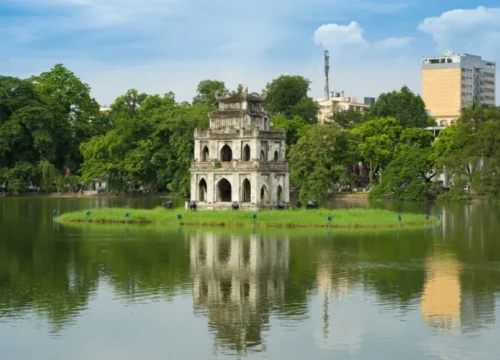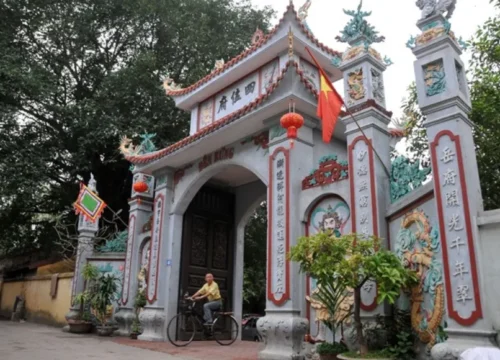The history of Ho Chi Minh City has many layers, weaving a tale of decades of external Chinese, French and American influence. This morning, meet with your driver and English-speaking guide at your hotel, and begin your day with a moving visit to the Notre Dame Cathedral, where the French colonial presence can be felt.
The neo-romanesque Catholic Basilica was constructed from 1877 to 1833 entirely of imported French building material, including bricks from Marseilles and stained-glass windows from Chartres. Head across the street to the Saigon Central Post Office, a stunning architectural marvel with rich Gothic, Renaissance and French influences. Next, visit the Reunification Palace, also known as the Independence Palace, which was the former residence of the President of South Vietnam until the end of April 1975 during the Fall of Saigon.
It was here that the Vietnam War ended when a North Vietnamese Army tank crashed through its gates and led to the formal reunification of the two sides. Continue to the War Remnants Museum, intended as a call for peace with the hopes that the horrors of that war will never be repeated. The museum features a comprehensive collection of the machinery, weapons and photos of the Vietnamese side of the war, and includes a moving tribute to the journalists, civilians and soldiers lost during the war, as well as a critical look at biological warfare, weaponry, and worldwide movements for peace. Pause for lunch nearby at a local restaurant.
In the afternoon, head over by car to Cholon, the city’s Chinatown, and widely regarded as the largest one in the world by area. The city used to be known as Saigon-Cholon until Vietnam’s independence from France in 1955. From here continue to the Thien Hau pagoda built in the early 19th Century dedicated to Thien Hau, the goddess of seafarers. Afterward, stop for shopping at the French-built Ben Thanh Market, a great place to shop for souvenirs, and bustling with midday activity. Return back to your hotel.









